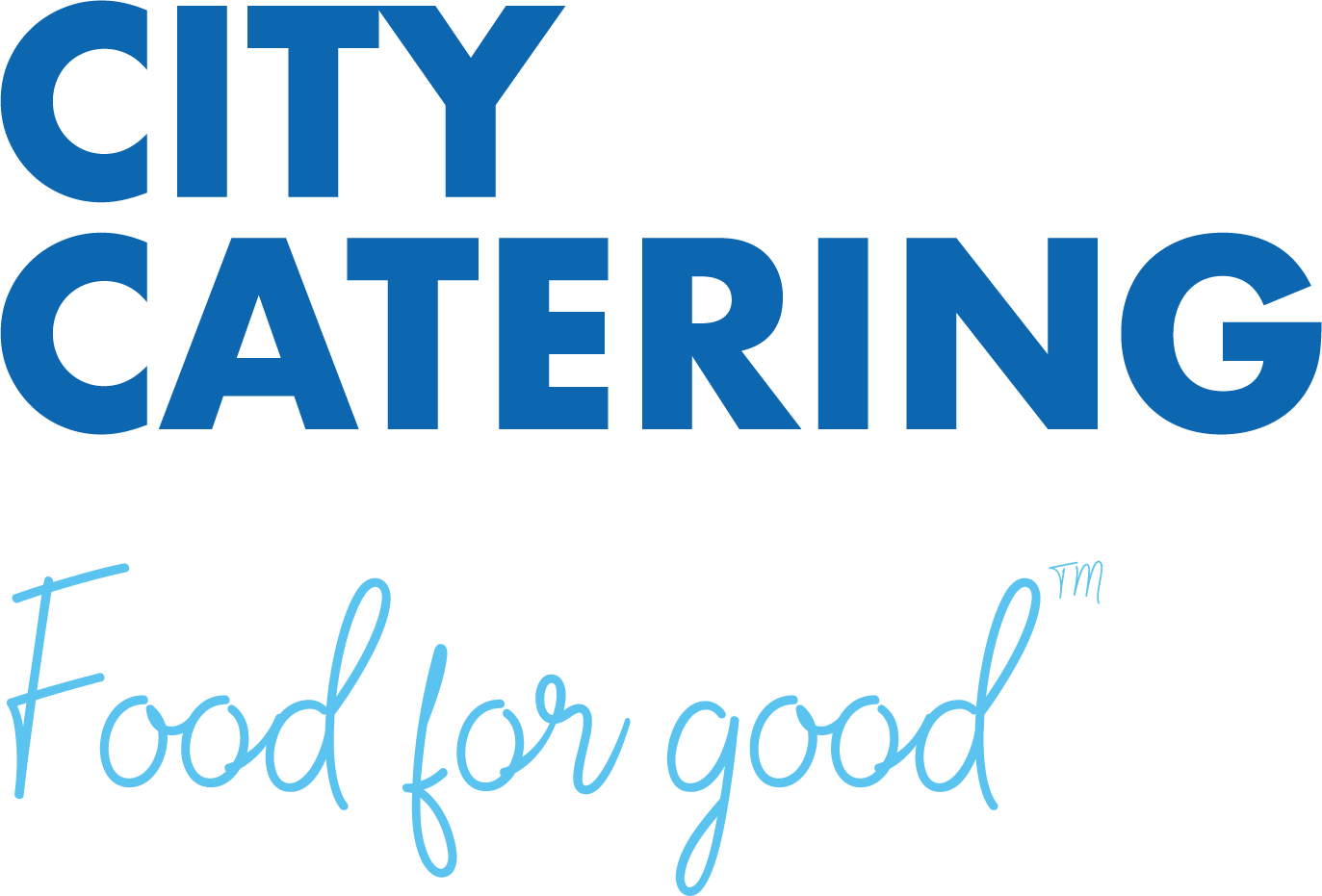How to organise your fridge and the benefits of batch cooking
A well-organised fridge is extremely important for safe storage to prevent any bacteria invading your food and making you ill. Maintaining a cool temperature in your fridge is vital for this. In addition, storing food correctly will also help you minimise food wastage.
According to a WRAP 2020 study, every year, UK households are responsible for 6.6 Million Tonnes of food waste.
Take a look at our colourful infographic below which encapsulates how you should organise your fridge;
How to organise your fridge
UPPER SHELVES
Foods that don’t need cooking, such as deli meats and leftovers.
LOWER/MIDDLE SHELVES
Dairy such as milks, cheeses, yogurt and butter.
BOTTOM SHELF
This is the coldest part of your fridge, and where wrapped raw meat and fish should be kept. Placing raw food on the bottom shelf also minimises the risk of cross-contamination.
DRAWERS
Vegetables, salads and fruit should be stored in their original packaging in the salad drawer where they will be enclosed. This is also a good place to store herbs, as they can’t get frozen to the back of the fridge.
DOOR SHELVES
This is the warmest area of the fridge and most susceptible to temperature fluctuations. Store foods that have natural preservatives here, such as condiments, jams and juice.
Benefits of Batch Cooking
Batch cooking is a brilliant way of ensuring a healthier and cheaper way of eating. It involves cooking all of your meals for the week, or even the month, in one go. This means after a long day at work you have healthy, nutritional meals available to hand, rather than buying a ready-meal or a takeaway for you and your family. Planning your food also means you waste less produce, since you use up all of the ingredients that you bought for a specific recipe, rather than odd ingredients here and there, bought for individual meals.
Advice on Reheating Food
The below advice is from the Food Standards Agency and BBC Good Food
It is very important to store and reheat food properly to kill harmful bacteria that may have grown since the food was cooked and therefore minimise the risk of food poisoning.
Storing Leftover Food
• Food should be thoroughly cooled (ideally, for no more than 90 minutes) before putting it in a sealed container inside a fridge or freezer. This stops the food increasing the temperature of the fridge, affecting its ability to keep food below 5°C.
Reheating Leftover Food
• Food kept in a fridge should be eaten within two days.
• If taking leftovers from the freezer, eat within 24 hours. Make sure it is thoroughly defrosted before heating.
• Make sure that you use equipment that reheats/cooks food effectively and follow the equipment manufacturer’s instructions.
• Preheat equipment (such as ovens and grills) before reheating. Food will take longer to reheat if you use equipment before it has been preheated.
• Serve reheated food immediately. If food it not served immediately, the temperature will drop and harmful bacteria could grow.
• Remember, reheating means cooking again, not just warming up. Always reheat food until it is steaming hot (70°C) all the way through.
• Don’t reheat leftovers more than once.
• Do not refreeze leftovers.

